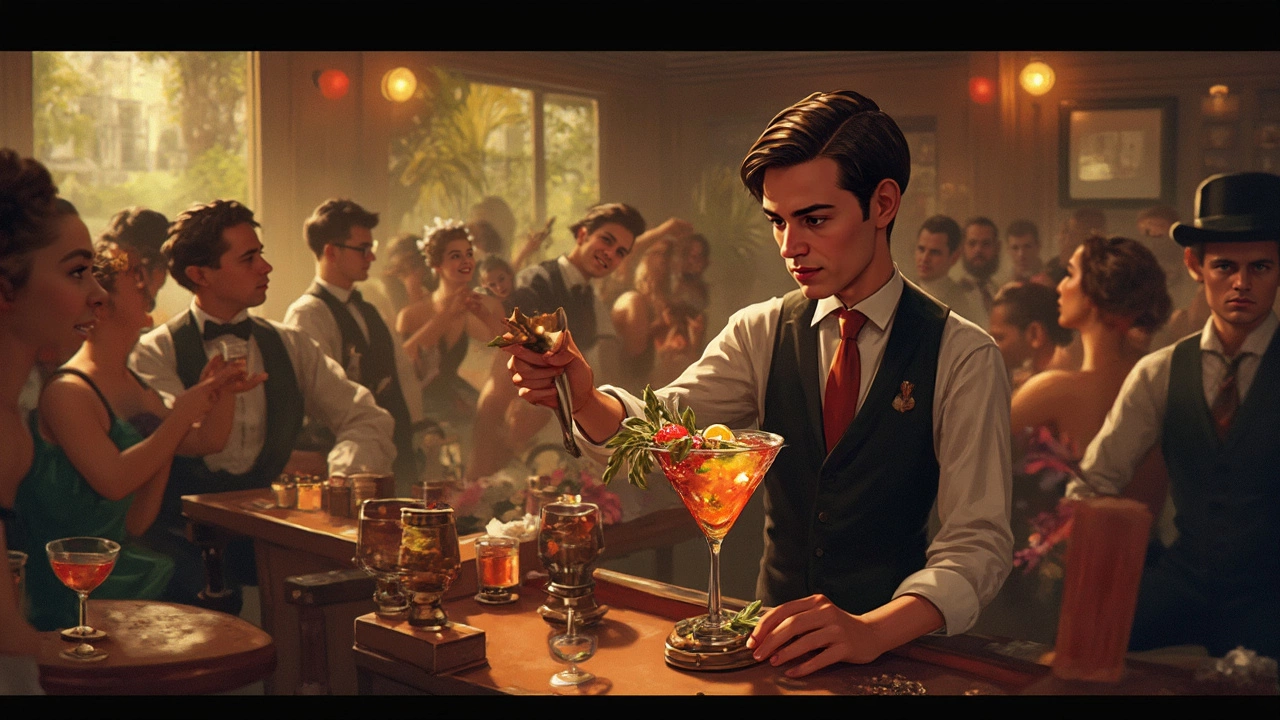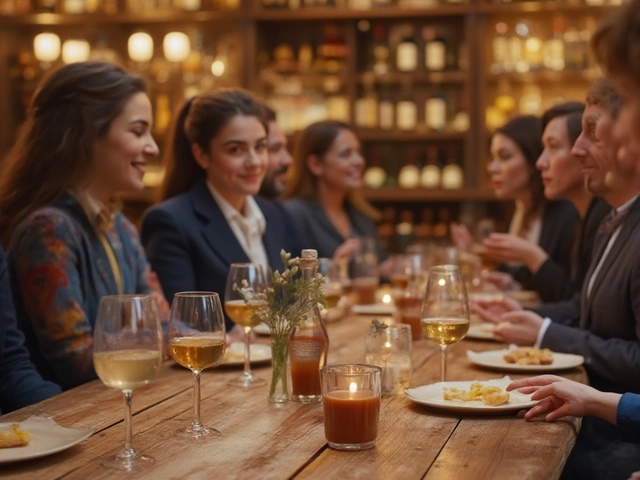Cocktail History: From Ancient Mixes to Modern Classics
If you’ve ever sipped a margarita or ordered an old fashioned, you’re tasting a story that stretches back centuries. Cocktails didn’t just appear overnight; they grew out of necessity, curiosity, and a love for flavor. Understanding where these drinks come from can make your next order feel a lot more personal.
Early Beginnings
Mixing alcohol with other ingredients isn’t new. Ancient Egyptians blended wine with herbs to mask bad flavors, while Roman soldiers mixed wine with honey and spices for a quick energy boost. The word “cocktail” first showed up in print in the early 1800s in the United States, describing a mix of spirits, sugar, water, and bitters. Those four ingredients are still the base of many classic drinks today.
Back then, the goal was practical: balance harsh spirits, stretch the booze, and make something tasty. Bitters, originally a medicine, helped settle stomachs after a hard day. Sugar added sweetness, and water cut the burn. Over time, bartenders began experimenting with fruits, herbs, and syrups, turning simple remedies into social rituals.
The Golden Age of Cocktails
The late 1800s to 1920s is what most people call the “Golden Age.” With the rise of elegant bars in New York, London, and Paris, drinks became a way to showcase skill. Legends like the Singapore Sling, the Mint Julep, and the Manhattan were born in this era. Prohibition in the U.S. (1920‑1933) forced many bartenders underground, but it also sparked creativity—smuggled gin, bathtub distilling, and secret speakeasies kept the cocktail scene alive.
When the ban lifted, the industry exploded. Vodka entered the mainstream, tiki culture brought rum‑forward drinks, and the rise of television showed bartenders as celebrities. The 1970s saw sugary, pre‑mixed cocktails dominate, but the 2000s brought a craft resurgence. Today’s mixologists honor history while adding modern twists like foam, sous‑vide infusions, and locally sourced ingredients.
Knowing a bit of cocktail history can help you order smarter. Want a drink with a story? Ask for a classic like the Sazerac (a New Orleans favorite dating to the 1800s) or a Corpse Reviver #2, a World War‑II era pick‑me‑up. If you’re feeling adventurous, look for drinks that use historic techniques—smoked glassware or barrel‑aged bitters.
In short, every cocktail you enjoy carries a slice of the past. From ancient herbal mixes to the polished craft drinks of today, the evolution is a blend of culture, necessity, and pure curiosity. Next time you raise a glass, think about the centuries of experimentation that got you there—and maybe try a recipe that honors that rich legacy.
The concept of mocktails, non-alcoholic beverages, has grown in popularity, but do we know where it all began? The first mocktail has roots in American history, dating back to Prohibition. This article uncovers its origins, provides intriguing facts, and offers tips for modern mocktail creations. Discover how a simple blend of ingredients became a staple in today’s social gatherings.
View Details

